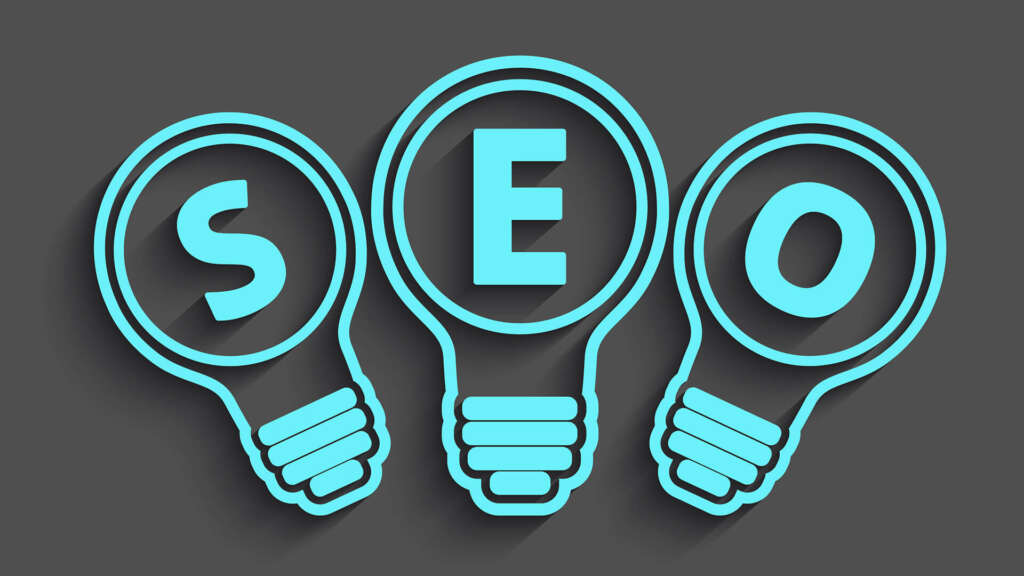In the realm of search engine optimization (SEO), much attention is often given to text content, keywords, and backlinks. However, images play a crucial role in SEO that’s frequently overlooked. When optimized correctly, images can enhance user experience, reduce bounce rates, and drive significant traffic to your site. This comprehensive guide will walk you through the best SEO practices for images to help you boost your website’s visibility and performance.
Why Image SEO Matters
Images are more than just visual elements on your website; they are integral to its overall SEO strategy. Here’s why optimizing your images is crucial:
- Enhanced User Experience: High-quality, relevant images improve the visual appeal of your website, making it more engaging for visitors.
- Faster Load Times: Optimized images reduce page load times, which is a key factor in both user experience and search engine rankings.
- Increased Visibility in Search Engines: Search engines can index images, and optimizing them can help you rank in Google Images and other image search engines.
- Accessibility: Properly tagged images improve accessibility for users with visual impairments who rely on screen readers.
1. Choose the Right File Format
Choosing the correct file format for your images can significantly impact both quality and load time. Here are the most commonly used formats:
- JPEG (Joint Photographic Experts Group): Ideal for photographs and images with gradients. JPEGs offer a good balance between quality and file size.
- PNG (Portable Network Graphics): Best for images with transparency or sharp contrasts. PNGs typically have larger file sizes compared to JPEGs but provide higher quality for graphics.
- WebP: A newer format developed by Google that offers superior compression and quality compared to JPEG and PNG. It’s becoming increasingly supported by browsers.
Tip: Use JPEG for photos, PNG for graphics and images requiring transparency, and WebP for a balance of quality and compression where supported.
2. Compress Images for Faster Load Times
Large image files can significantly slow down your website, affecting user experience and SEO. Image compression reduces file size without noticeably affecting quality.
- Tools for Compression: Use online tools like TinyPNG, JPEG-Optimizer, or desktop applications like Adobe Photoshop and GIMP to compress images.
- Automated Solutions: Consider plugins like Smush (for WordPress) or image optimization services like ImageKit and Cloudinary, which automatically optimize images on upload.
Tip: Always keep a backup of original high-quality images in case you need to revert to them.
3. Optimize Image File Names
Search engines use file names to understand the content of an image. Descriptive, keyword-rich file names can improve your image’s SEO.
- Be Descriptive: Use file names that describe the image content. For example, instead of
IMG_1234.jpg, useblue-widgets-in-office.jpg. - Use Hyphens: Separate words with hyphens rather than underscores. For instance,
blue-widgets-in-office.jpgis better thanblue_widgets_in_office.jpg.
Tip: Avoid keyword stuffing. Make sure file names are natural and relevant to the image content.
4. Implement Alt Text Effectively
Alt text (alternative text) describes the content of an image and is crucial for SEO and accessibility. It helps search engines understand what an image is about and provides context to users who cannot view the image.
- Be Descriptive and Concise: Write clear, concise descriptions that convey the image’s content. For instance, “a blue widget on a desk” is better than “blue widget.”
- Incorporate Keywords: Include relevant keywords, but avoid keyword stuffing. The primary goal is to describe the image accurately.
- Include Context: If the image is part of a larger article or page, the alt text should relate to the content of the page.
Tip: For decorative images that don’t add content, use empty alt text (alt="") so screen readers skip them.
5. Use Image Sitemaps
An image sitemap helps search engines discover and index images on your site, particularly if they are embedded within a page or not easily discoverable.
- Create an Image Sitemap: Use tools or plugins to generate an image sitemap and submit it to Google Search Console.
- Include Important Images: Ensure your sitemap includes all critical images, especially those not directly visible or part of dynamic content.
Tip: Regularly update your image sitemap as you add or remove images from your website.
6. Implement Responsive Images
With the rise of mobile devices, it’s essential to ensure that images display correctly across all screen sizes. Responsive images adapt to different screen resolutions and sizes, improving user experience and page load times.
- Consider CSS Techniques: Use CSS techniques like media queries to load different images based on screen size.
Tip: Test your site on various devices to ensure images are displaying correctly.
7. Optimize Image Placement and Context
The placement and context of images on your page contribute to SEO. Ensure images are relevant to the surrounding text and add value to the content.
- Relevance: Place images close to relevant text and ensure they support the content. For instance, an image of a product should be near the product description.
- Surrounding Text: Use relevant keywords in the text surrounding the image to provide context.
Tip: Avoid using too many images in a row without content, as this can overwhelm users and affect SEO.
8. Use Structured Data Markup
Structured data markup helps search engines understand the content of your images and can enhance search results with rich snippets.
- Implement Schema Markup: Use schema.org vocabulary to add structured data to your images.
- Test Your Markup: Use Google’s Structured Data Testing Tool to ensure your markup is implemented correctly.
Tip: Regularly update structured data to reflect changes in your content and images.
9. Enable Lazy Loading
Lazy loading defers the loading of images until they are needed, improving initial page load times and reducing unnecessary data usage.
- Implement Lazy Loading: Use the
loading="lazy"attribute in HTML:htmlCopy code<img src="blue-widgets.jpg" alt="blue widgets on a desk" loading="lazy"> - JavaScript Libraries: Consider using JavaScript libraries like Lozad.js for more advanced lazy loading features.
Tip: Ensure lazy loading is implemented properly to avoid negatively impacting user experience.
10. Monitor and Analyze Image Performance
Regularly monitor and analyze the performance of your images to ensure they are contributing positively to your SEO efforts.
- Use Analytics Tools: Tools like Google Analytics and Google Search Console provide insights into how images are performing and whether they are driving traffic.
- Track Metrics: Monitor metrics like page load times, bounce rates, and user engagement to assess the impact of your image optimization.
Tip: Continuously refine your image optimization strategy based on performance data and user feedback.

Conclusion
Optimizing images is a vital aspect of SEO that can significantly impact your website’s performance and user experience. By following the best practices outlined in this guide—such as choosing the right file format, compressing images, optimizing file names and alt text, using image sitemaps, and implementing responsive and lazy loading—you can enhance your website’s visibility and ranking in search engine results.
Remember, image SEO is an ongoing process. Regularly update and refine your strategy to keep up with evolving SEO trends and technological advancements. With the right approach, optimized images can drive more traffic, improve user engagement, and ultimately contribute to the success of your website. GMI


